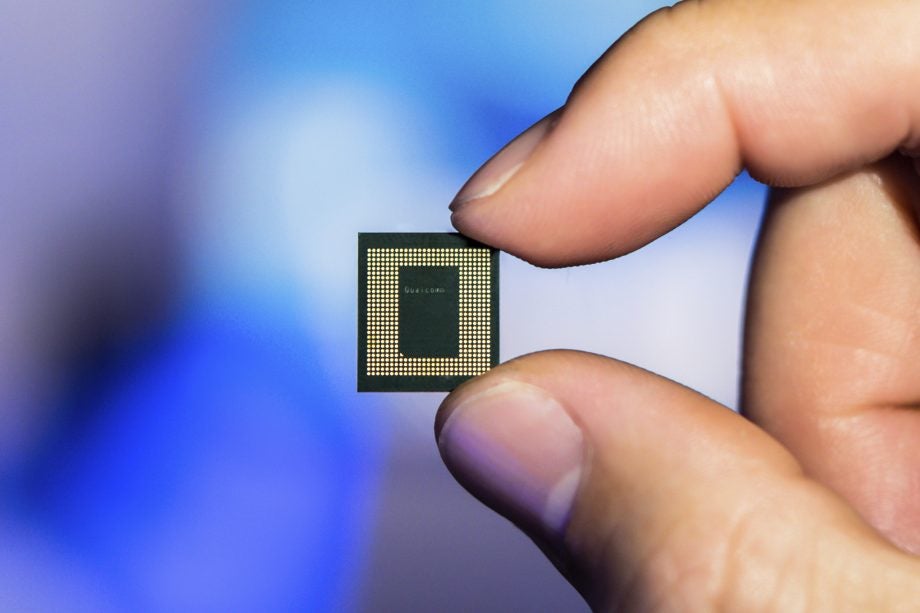Qualcomm Snapdragon 865: How will it improve your smartphone camera?

The upcoming Snapdragon 865 chipset is set to make plenty of improvements to your smartphone camera, for both photography and video recording.
Snapdragon chips power more smartphone cameras than any other, and so it’s thanks to their popularity among Android handsets that new developments made by the chip are very important for the market in general. On December 4, Qualcomm announced the big new upgrades to the flagship Snapdragon 865 chip that will help define the next year of premium Android camera performance.
Related: Best Phones
The Snapdragon 865 can support sensors of 200-megapixels, which is easily the largest on record for mobile photography — even comfortably eclipsing the impressive 108-megapixel main sensor of the Xiaomi Mi Note 10. Moreover, Qualcomm have stated that sensors of this resolution will make it to market next year, exclusively supported by this flagship processor.
There are plenty of new video recording features enabled by the new chipset. For instance, it will let you simultaneously capture 4K footage and individual 64-megapixel images. Though more efficient, using 16% less power than before, the quality of video will be even higher, allowing you to capture 8K footage at 30fps, or 4K footage at 120fps. The processor’s support for a 120Hx display refresh means that you can not just record video at the latter standard, but you can also replay it on your device in original quality. As for slow motion, the chipset supports genuinely recording 720p video at 960fps, without resorting to the frame interpolation trick that many devices rely on.
Related: Best Camera Phones
The chip’s Artificial Intelligence will also play a major role within photography. Semantic segmentation means that the processor can intelligently recognise different parts of an image (such as skin or hair in a portrait photo), and sharpen them accordingly. AI will also improve an auxiliary function of the camera: when choosing between multiple sensors looking for the perfect shot (from say an ultra wide to a telephoto), the sliding effect on your phone screen will no longer be juddery and discrete, but instead will be a much smoother action, as if you were adjusting a mechanical zoom lens.


